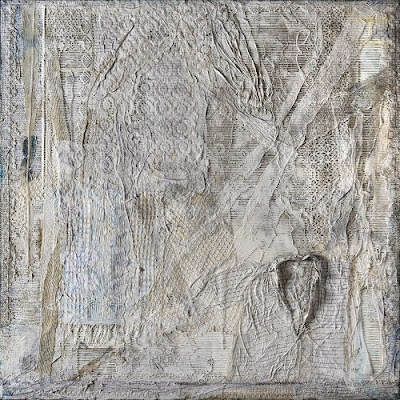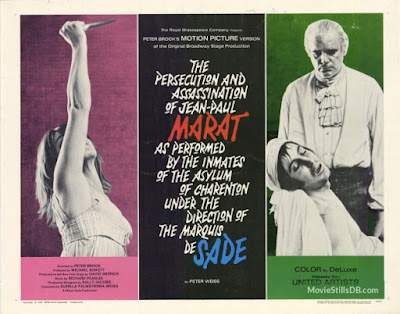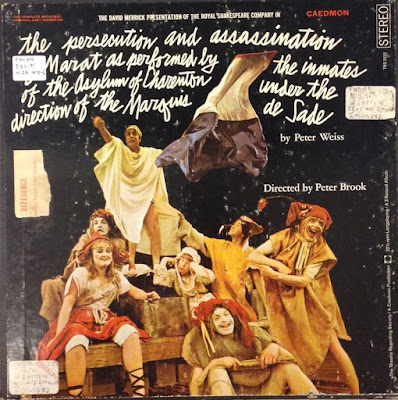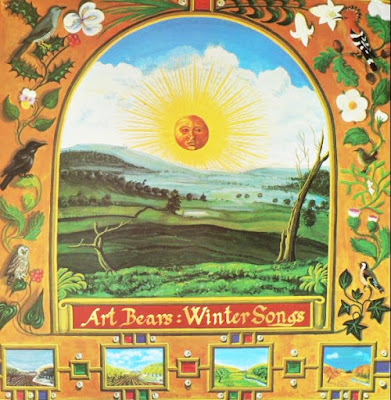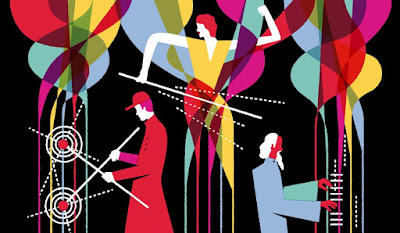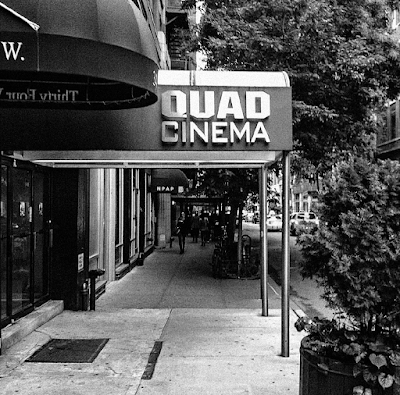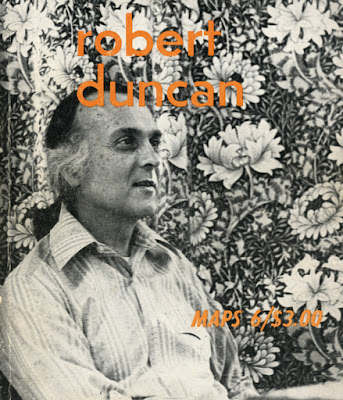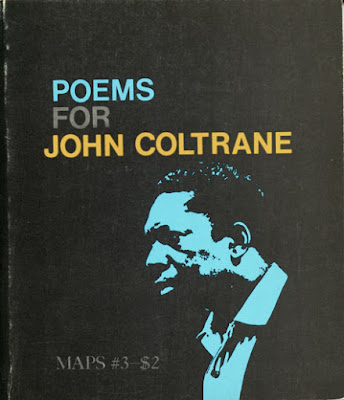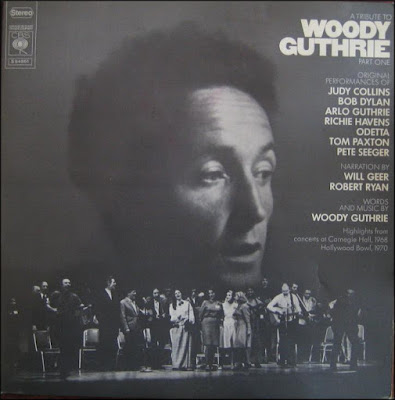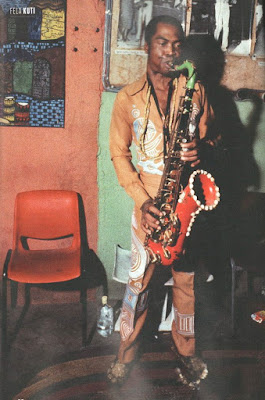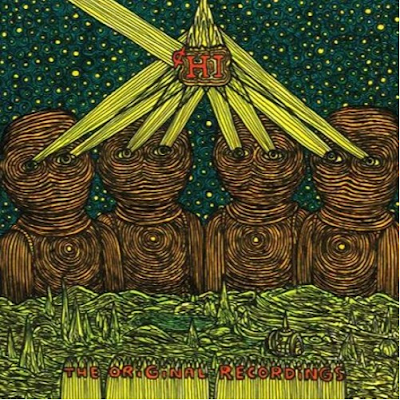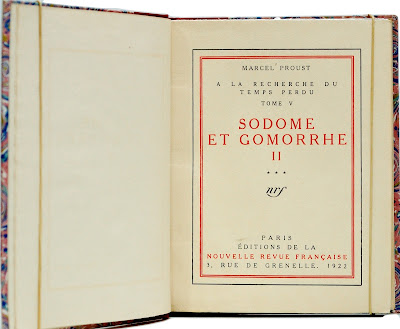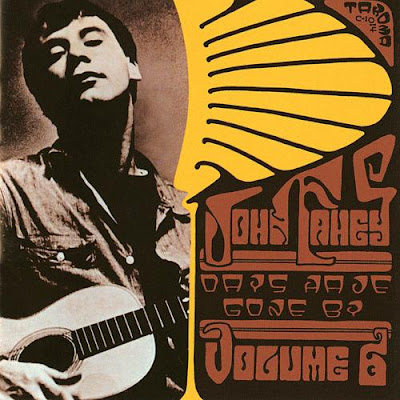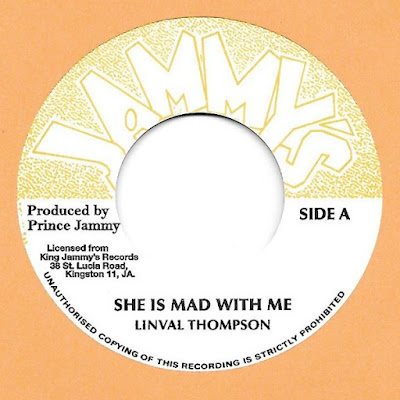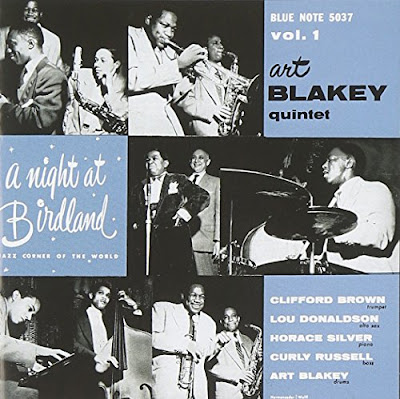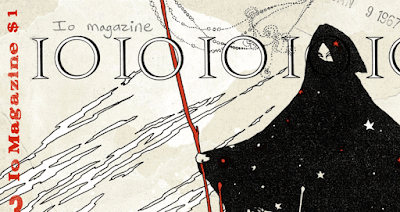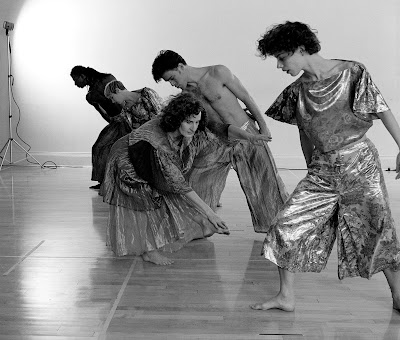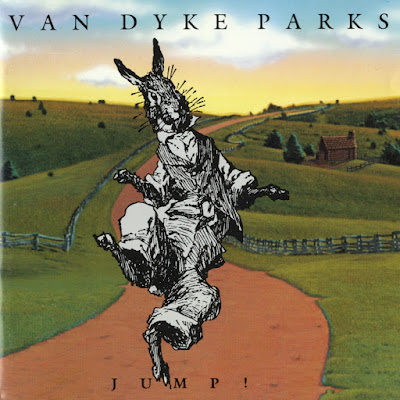
"Gospel disco was a bastard child of the eighties, and this house rework of a children’s choir from Bedford-Stuyvesant may be its most convoluted product. I won’t bog you down with the knotty history of 'Stand on the Word'; the song is too forward to be rendered understandable by continuity and logic. A fellow named Larry Levan may or may not have crafted this remix. The credits are disputed and the origins cloudy, but the record took off in clubs like the Paradise Garage and became a theme song for marathon dances that lasted until sunrise. The song has been infamous among dance-record hoarders since: Justice decided to get children’s vocals for 'D.A.N.C.E.' after obsessing over 'Stand on the Word,' and the track has played before recent gigs for LCD Soundsystem’s reunion tour. (Getting tickets to the Brooklyn shows required nothing short of divine intervention). ..."
New Yorker (Video)
Guardian - Divine disco: the beatific sub-genre that delivered sermons on the dancefloor (Video)
Thump: It's Time For Us to Praise the Godfathers of Gospel Disco (Video)
amazon: Greg Belson's Divine Disco, American Gospel Disco (1974-1984)
